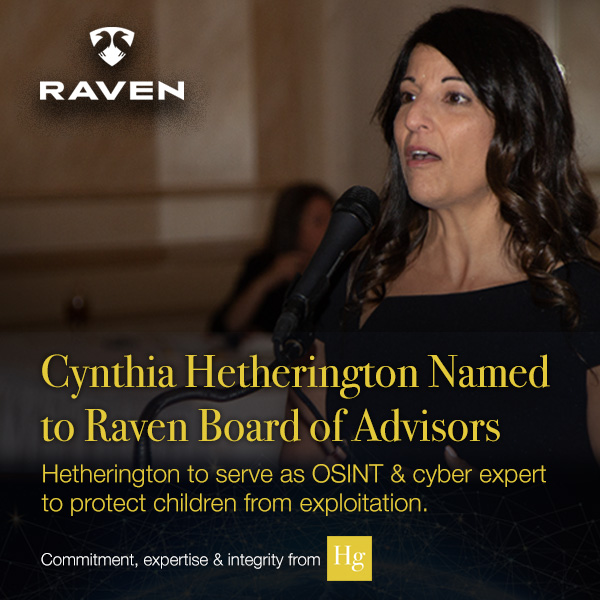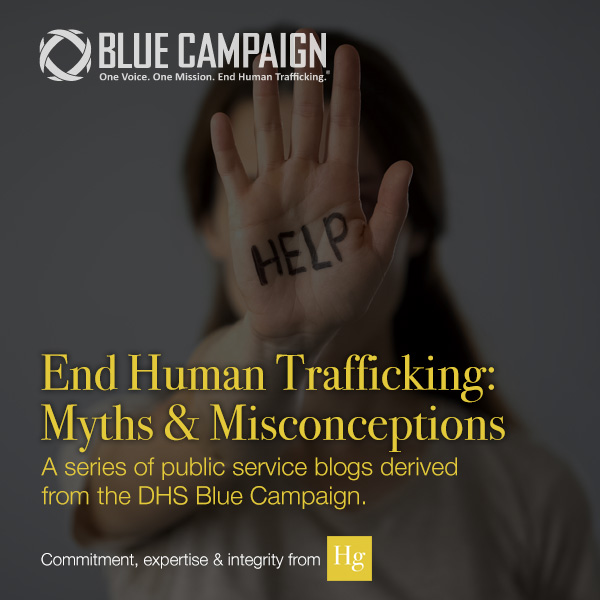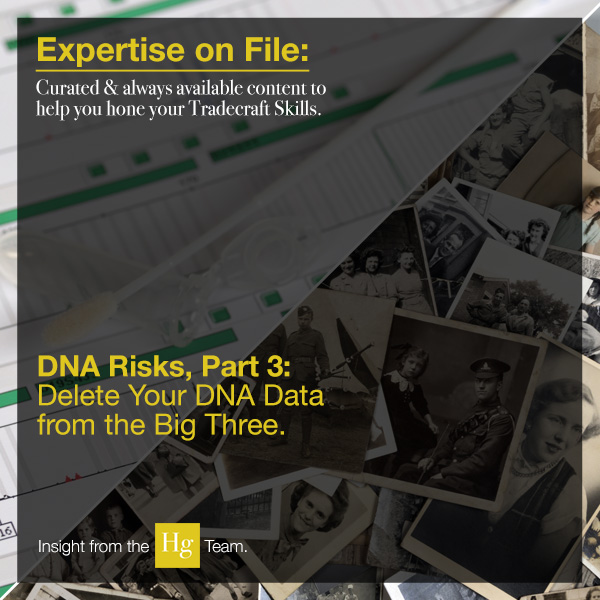By Jacob Pennington, Hg Senior Analyst
 Having spent ten years as an intellectual property investigator (IP), I have had the pleasure of researching trademark use on a global scale for some of the most recognized brands and companies in world. When it comes to trademark investigations, there’s one word that sticks out to me the most, USE. Identifying first use, last use, and/or continuous use is the single most important factor in determining trademark rights.
Having spent ten years as an intellectual property investigator (IP), I have had the pleasure of researching trademark use on a global scale for some of the most recognized brands and companies in world. When it comes to trademark investigations, there’s one word that sticks out to me the most, USE. Identifying first use, last use, and/or continuous use is the single most important factor in determining trademark rights.
Many people outside of the industry incorrectly believe that an entity or individual has rights to use a trademark merely because they have registered or applied for the mark before anyone else…I’m here to tell you that that’s simply not the case.
In this 3-part blog series, I will breakdown why USE dates are so important in the trademark industry, identify the different types of trademarks, highlight one of the most important tools that our Hg Senior Analysts use for trademark investigations, and provide a few fun facts about intellectual property. Did you know you can trademark a sound?
First Use, Continuous Use, and Last Use
The United States Patent and Trademark Office (USPTO) defines the date of first use as “the date when (1) the goods were first sold or transported, or the services were first rendered, under the mark, and (2) such use was bona fide and in the ordinary course of trade.” Equally as important is the date of first use in commerce, which is the date when the specific goods and/or services were first sold or transported in a type of commerce that may be lawfully regulated by the U.S. Congress.

To help verify or support their claimed date of first use, trademark owners will typically submit an image or multiple images to the USPTO, which show use of the mark on or in connection with the specific goods and/or services cited in the application/registration. Once a mark has been registered with the USPTO, the owner must regularly provide evidence demonstrating use of the mark if they want to maintain their registration. This is what we refer to as “continuous use” in the trademark industry.
Trademarks can last indefinitely, so long as the owner regularly submits evidence showing that the mark is still used on or in connection with the specific goods and/or services cited in the application/registration. However, owners can lose a trademark through abandonment, improper licensing and/or assignment, or if it becomes generic.
- A mark is considered abandoned after an owner has stopped using it for three consecutive years and has no intent to resume using it.
- Improper licensing and/or assignment occurs when an owner fails to properly supervise a licensee’s use of the mark, or if trademark rights are assigned to a new owner without also selling that person or entity the corresponding assets.
- A trademark can become generic over time if/when most people identify the word as a type of product, rather than a product specific to a to one company or manufacturer (more on this in future posts).
Fun Fact: Let’s Take It Wayback

It may be surprising to those outside of the industry to learn that the Wayback Machine is one of the most powerful tools used by IP investigators. Although it can be tedious to search hundreds and hundreds of web pages, the Wayback Machine can extremely valuable when it comes to identifying key USE dates. Oftentimes, we find information on archived web pages that can be used to focus in on specific launch dates—we can then apply these findings to other elements of our investigation (social media, business aggregators, publications, etc.)—and in turn help to expedite the investigation process.
Be sure to check back next week, when I’ll be discussing how to identify USE in commerce.

Are you an analyst or investigator looking for advanced #OSINT training ? If so, check out Hg’s webinar series, where you can attend live sessions and receive CEUs or watch previously recorded sessions to beef up your investigative skills.

Are you or a client in need of trademark intelligence? As veteran investigators in trademark intelligence and investigations, Hg understands the business world and the legal and regulatory frameworks in which corporations and privately held companies operate. Our skilled trademark analysts excel at providing the research and analysis required for successful clearance, assertion, and defense of valuable trademark property. Learn how our team can arm you with the data you need.
 Jake is a Senior Analyst at Hetherington Group, where he works with clients in a variety of industries, helping to protect their brands on a daily basis. He brings ten years of experience in trademark infringement investigations to Hg. His intelligence reporting and analysis assist attorneys and their clients in clearing the landscape for new brand identities, asserting territorial ownership, and defending trademarks against unauthorized third party infringement.
Jake is a Senior Analyst at Hetherington Group, where he works with clients in a variety of industries, helping to protect their brands on a daily basis. He brings ten years of experience in trademark infringement investigations to Hg. His intelligence reporting and analysis assist attorneys and their clients in clearing the landscape for new brand identities, asserting territorial ownership, and defending trademarks against unauthorized third party infringement.



